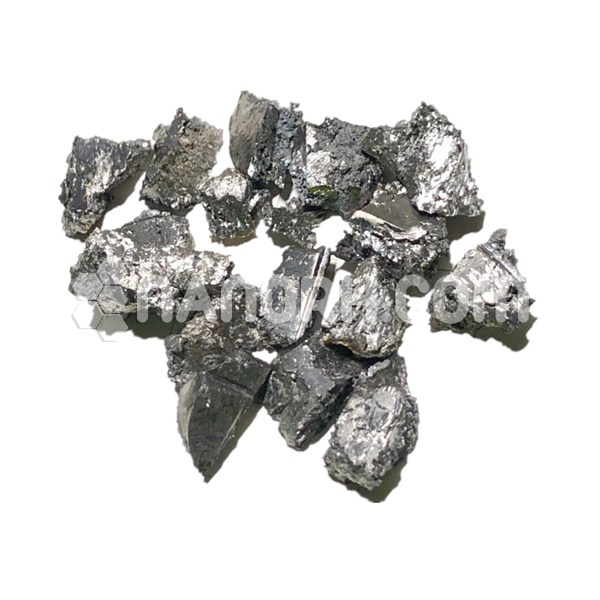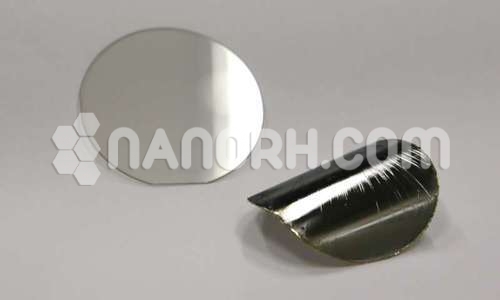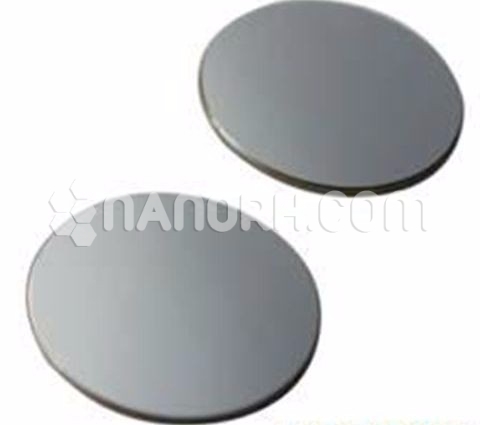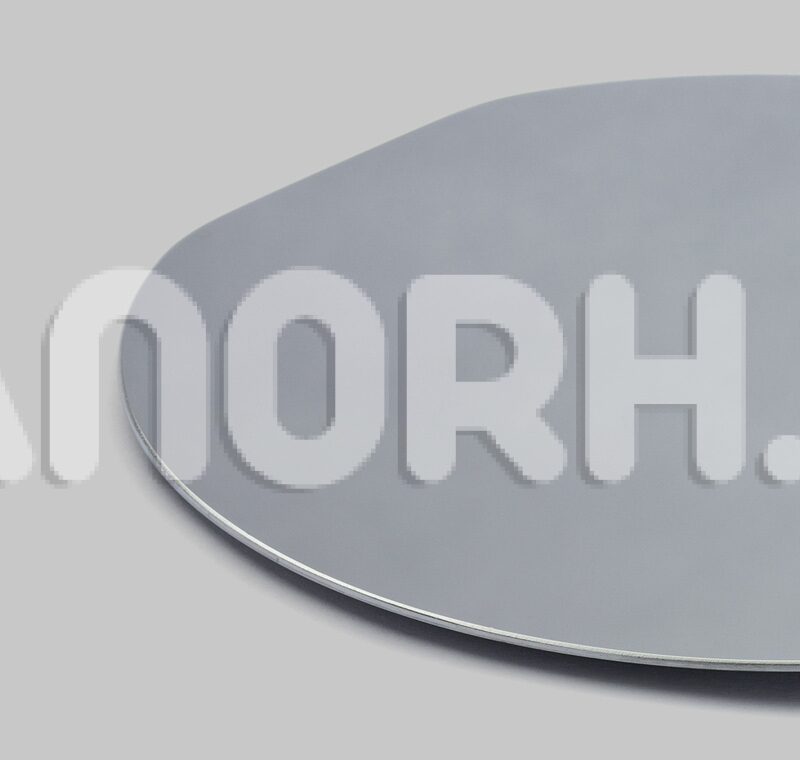| Dysprosium Pieces | |
| Product No | NRE-62016 |
| CAS No. | 7429-91-6 |
| Formula | Dy |
| Size | <5 mm (Can be Customized) |
| Quantity | 100g |
| Purity | 99.9% |
| Molecular Weight | 162.5 g/mol |
| Density | 8.551 gram/cm3 |
| Melting Point | 1,412 °C |
| Boiling Point | 2,567 °C |
Dysprosium Pieces
Introduction:
Purpose:
Dysprosium pieces Known for its unique magnetic and thermal properties, dysprosium is used in various high-tech applications, particularly in electronics and materials science. Dysprosium pieces refer to solid forms of this metal, which are utilized for their specific characteristics.
Key Features:
High Magnetic Strength:
Dy exhibits strong magnetic properties, making it valuable in the production of high-performance magnets, particularly in applications requiring high magnetic strength at elevated temperatures.
Thermal Stability:
has a high melting point (about 1,412 °C or 2,574 °F) and maintains its properties under high-temperature conditions, which is critical for many industrial applications.
Reactivity:
moderately reactive, especially with oxygen and water, forming Dy oxide when exposed to air, which must be considered in handling and storage.
Luminescence:
compounds can exhibit luminescent properties, which are useful in various optical applications.
Relatively Rare:
As a rare earth element, dysprosium is not as abundant as many other metals, which can make it more expensive and sought after for specific applications.
Applications:
Permanent Magnets:
Dysprosium is a key component in high-performance neodymium magnets, which are used in electric motors, generators, and various electronic devices.
Nuclear Reactors:
Due to its ability to absorb neutrons, used in control rods and other components in nuclear reactors to help regulate the fission process.
Laser Technology:
Dy is used in some types of lasers, including solid-state lasers, enhancing their efficiency and performance.
Lighting Applications:
In lighting, dysprosium compounds are used to produce bright colors in fluorescent lamps and LEDs.
Alloys:
various metal alloys to improve strength, thermal stability, and resistance to oxidation.




